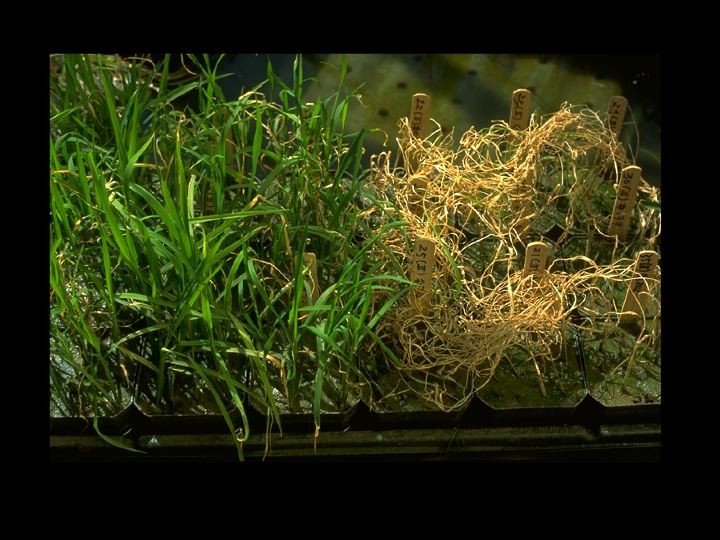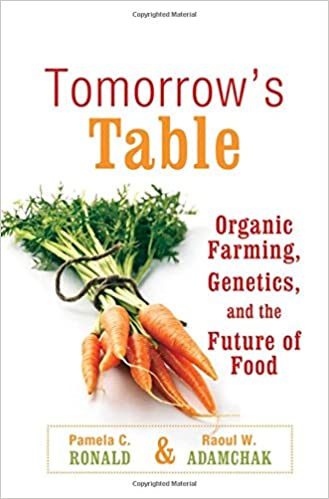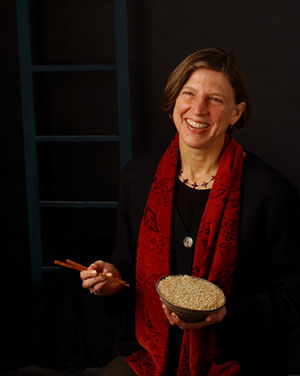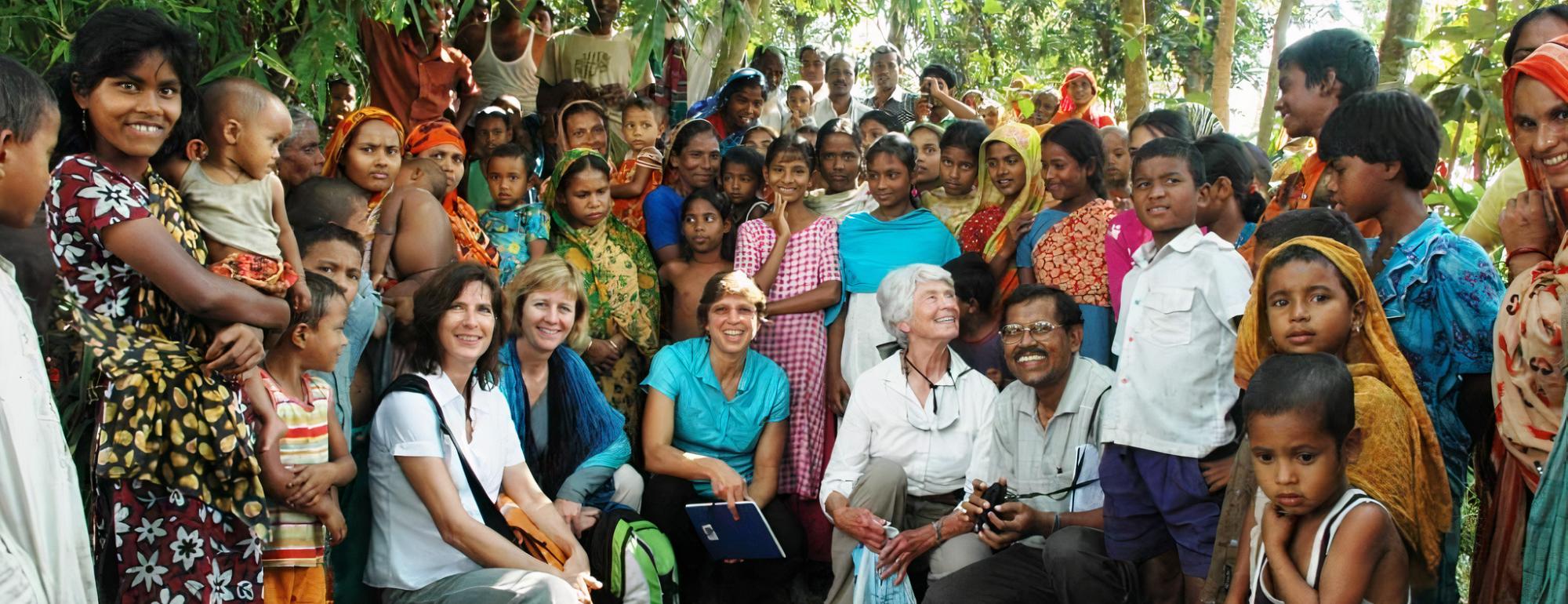It is hard to overstate the importance of rice for much of the global population. According to National Geographic, it is a food staple for more than 3.5 billion people and ranks as the most eaten food in the world. It’s essential to people’s food security in Asia, Latin America, and parts of Africa.
Yet, much of the rice being grown goes to waste before harvest. Every year, millions of small farmers in the poorest areas of the world lose their entire crops to flooding, according to a 2019 report from The Ronald Laboratory-UC Davis.
Although about one-quarter of the world’s rice crop is grown in paddies, most varieties will die if fully submerged for more than three days. In India and Bangladesh alone, submergence destroys 4 million tons yearly — enough to feed 30 million people.

The threat of flooding is likely to worsen in the years ahead because of climate change, which means the clock is ticking louder on coming up with solutions to the problem.
One potential solution is already used in south Asia — “waterproof” or flood-resistant rice. It has been genetically engineered to survive underwater for much longer than other types.
Among the leaders in developing the waterproof food staple is Pamela Ronald, a professor in the Department of Plant Pathology and the Genome Center at UC Davis and co-author of “Tomorrow’s Table: Organic Farming, Genetics, and the Future of Food.”

Through her work with the Ronald Laboratory, she and her team created flood-resistant rice that has reached more than 6 million subsistence farmers in India and Bangladesh. The work involved isolating a gene in an ancient Indian type of the grain and using modern technology to introduce it into other strains.
These new varieties can survive flooding for roughly two weeks and have a 60% yield advantage compared with their conventional counterparts. The research has been effective enough that the International Rice Research Institute has released several types with the gene trait.
The main challenge is getting more farmers globally to plant the rice, which the MIT Technology Review recently noted: “barely grows anywhere now.” However, it is versatile enough to thrive on small and big farms when it sees wider adoption.
Some farmers and advocacy groups have raised concerns about the cost, reliability, and productivity of genetically engineered (GE) seeds. However, Ronald defends the GE rice, saying it “disproportionately benefits the world’s very poorest farmers who have had the most flood-prone lands for generations.”
The ancient version that led to today’s research was discovered by rice breeders about 50 years ago. It wasn’t until the 1990s that UC Davis breeder David Mackill and graduate student Kenong Xu showed the variety’s ability to withstand submersion.

In 1996, Ronald began a U.S. Department of Agriculture-funded project with Mackill and Xu to isolate the genes. Over the next decade, Xu carried out their mapping and physical isolation in the Mackill and Ronald laboratories at UC Davis. While working as a postdoctoral fellow in Ronald’s lab, Xu’s work revealed a mechanism that lets plants control their tolerance to environmental stress, setting the stage for deeper molecular-genetic analyses.
In the ensuing years, it was discovered that the new rice varieties could withstand up to about 17 days of flooding. They have the same taste, texture, and harvest schedule as traditional versions — a crucial factor in why some farmers now use them.Ronald envisions a future where genetically engineered seeds will be even more resilient to climate change and ultimately integrated into other foods we eat. “I think what we will also see is the ability for these crops to thrive in more stressful environments,” she said.





